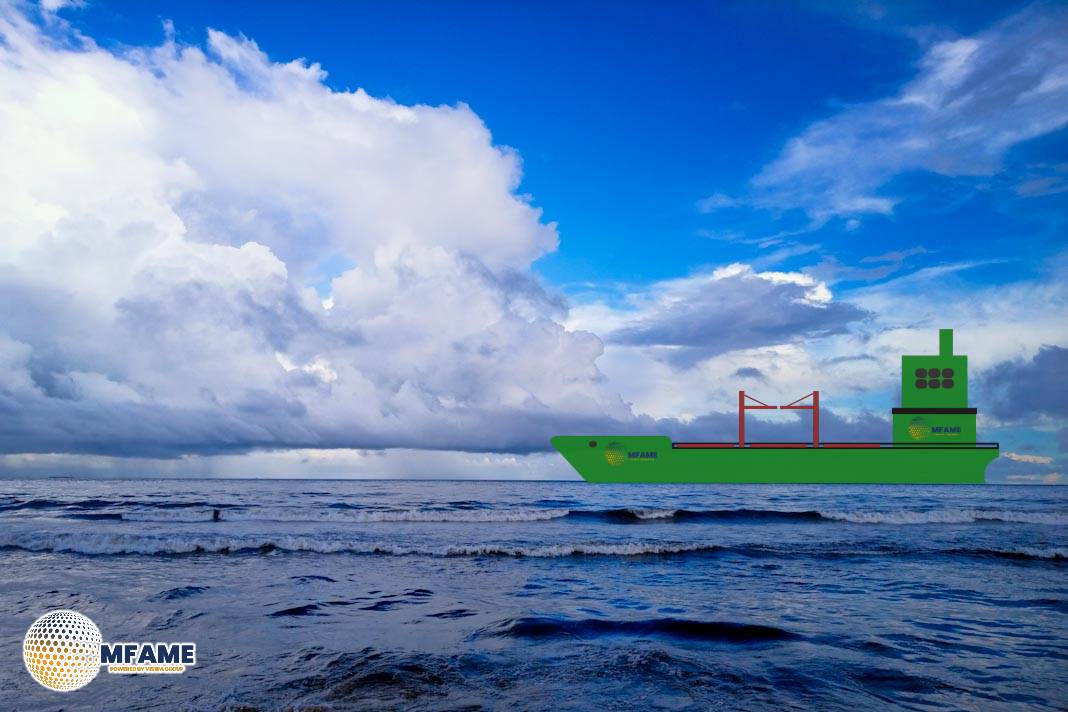By 2060, a little more than 10% of maritime and near-shore energy will come from nuclear power, says DNV in a new Energy Transition Outlook North America 2025 report.
DNV Predicts 3.5% Nuclear Share in Maritime by 2050
Classification society DNV, in its latest report, forecasted nuclear power will have a 3.5% share of North American maritime energy demand in 2050.
According to its Energy Transition Outlook North America 2025 report, a little more than 10% of maritime and near-shore energy will come from nuclear power by 2060.
With rising economic pressures and with no definitive answers from current fuel options, DNV said some eyes have begun to shift to an old energy source with a new twist: small modular reactors (SMRs)
“Once viewed as an all-but-impossible dream for marine merchant shipping, advances in SMRs have key stakeholders reconsidering a maritime future with a significant contribution from nuclear energy,” DNV said.
Proponents highlight that nuclear is a zero-emission energy source that increases operational efficiency and negates demanding shore-power requirements imposed by ports. Some SMR manufacturers suggest that even worst-case failures would be contained within the midship of a large ocean-going vessel.
Additionally, developers of shore-side infrastructure are also exploring SMR integration, in which floating nuclear can deliver clean power to fossil-fueled vessels and minimize local emissions, protect delicate ecosystems, and preserve the health of local communities.
SMRs Bring High CAPEX but Lower Fuel Costs
DNV said cost will be a major barrier to SMR deployment.
“Even once they become commercially viable, SMRs are likely to have much higher CAPEX, but lower OPEX (fuel) costs, than diesel engines. Financing options used to purchase ships will need to take these differences into account,” it said.
Another hurdle SMRs will likely face for maritime adoption are regulatory frameworks. With SMRs still in the development stage, an absence of careful planning and streamlined regulations could lead to similar costs.
A recent bipartisan initiative in the US to rebuild the domestic maritime industry for national defense acknowledges China’s significant lead in shipbuilding, a challenge that is difficult to overcome by traditional means. By specializing in SMR integration, US shipyards could carve out a competitive niche that could prompt the government to ease regulatory barriers and offer economic incentives.
“However, for the US to pull ahead in SMR propulsion, they would have to be competitive in both shipbuilding and cost-effective SMR, an unlikely combination.” DNV added.
Did you subscribe to our daily Newsletter?
It’s Free Click here to Subscribe!
Source: manifoldtimes
























